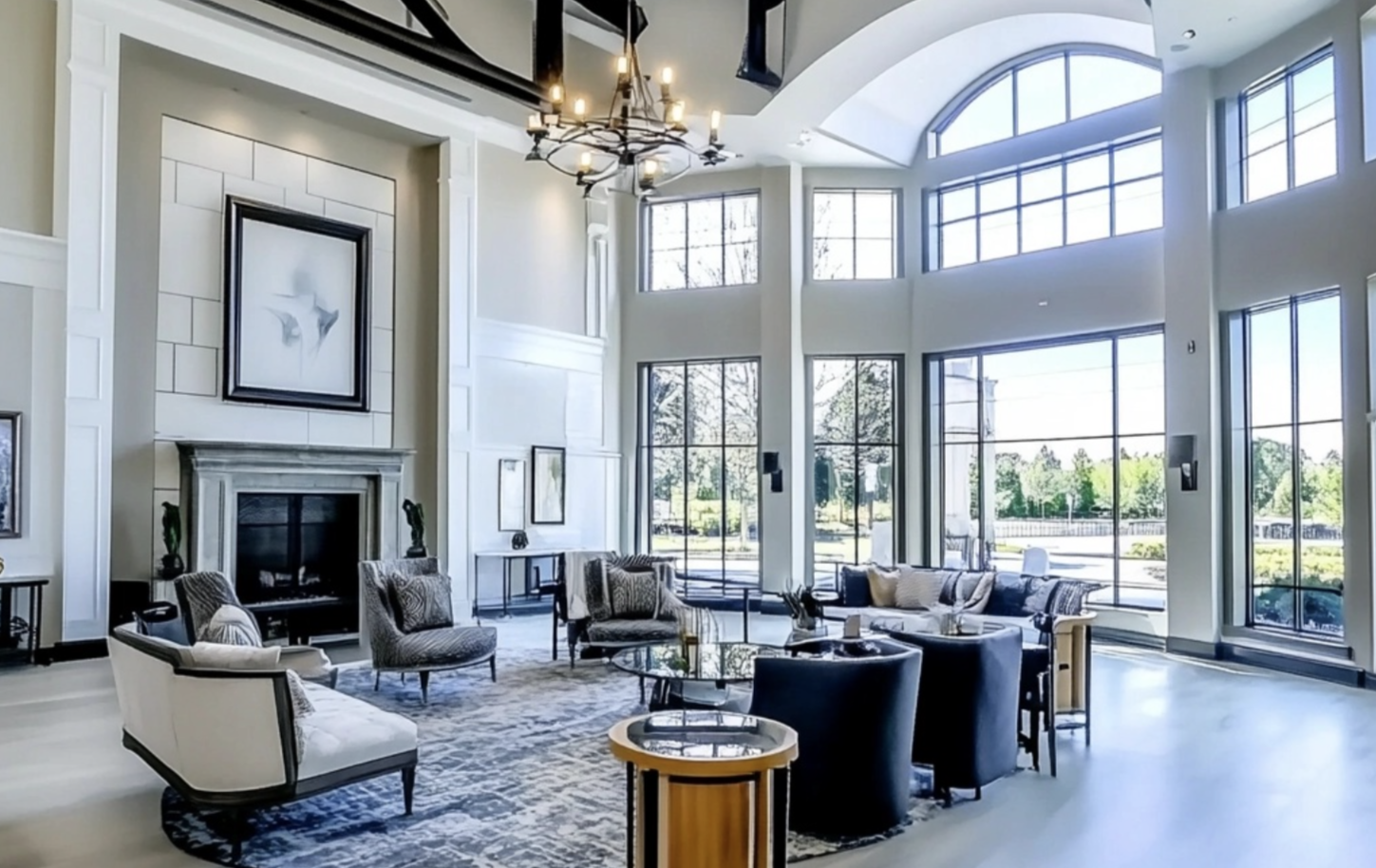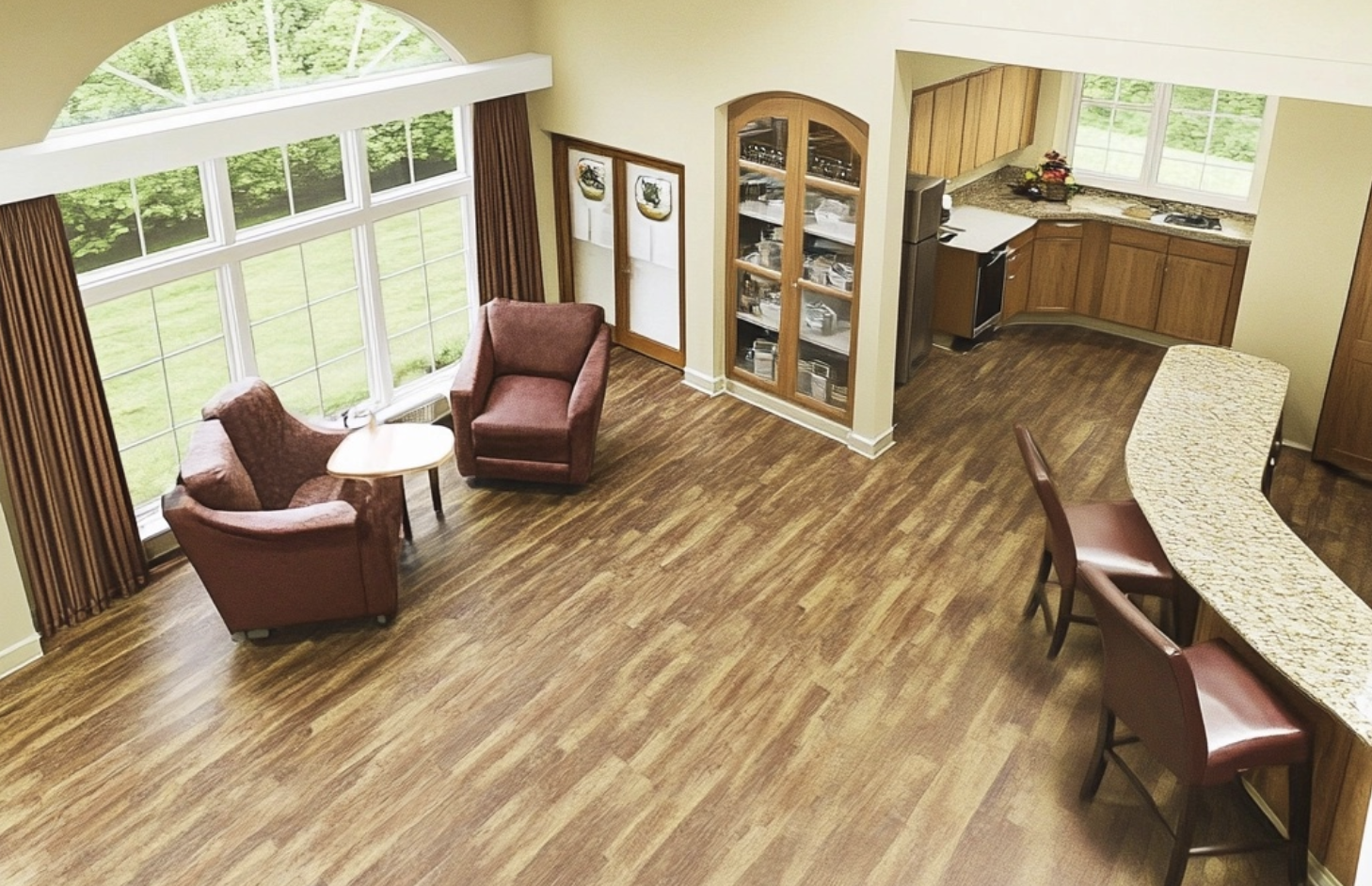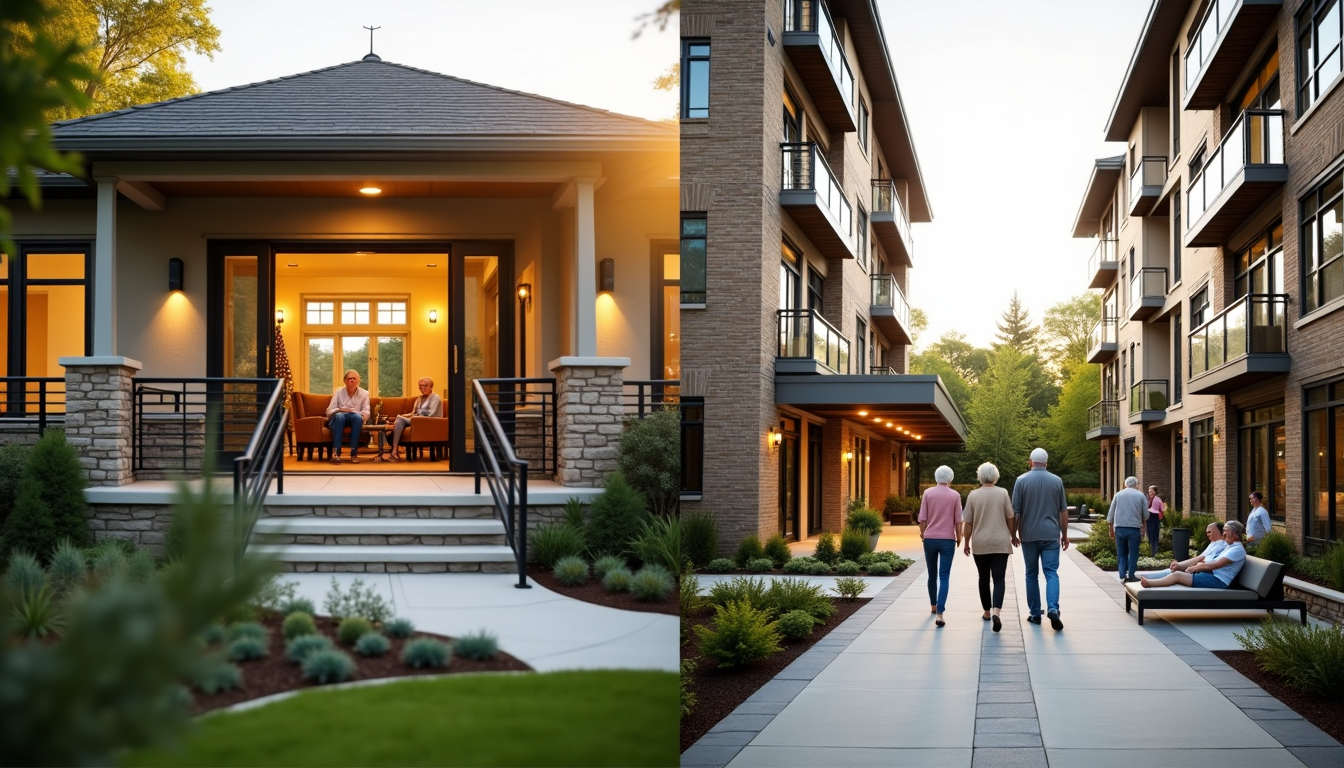Choosing an assisted living facility is one of the most important decisions seniors and their families face in Indianapolis. The city’s metropolitan area has seen its 65-and-older population grow steadily. This growth has brought more assisted living facilities Indianapolis families can choose from, and finding the right match matters a lot. Your choice will shape your loved one’s quality of life, health, and happiness.
Finding the right facility takes time as you look into care requirements, payment options through Medicare and Medicaid, and available amenities. Senior living communities provide different levels of support. Some offer simple daily assistance while others have complete care programs. This piece helps you understand everything you need to think about – from the core team’s qualifications to safety features. These insights are a great way to get the full picture before making this vital decision for your loved ones.
Understand Your Needs and Budget
Smart decisions about assisted living start with understanding individual care needs and financial resources. A complete needs assessment [link_3] forms the foundations for choosing the right facility and setting proper care levels.
Assess care requirements
Senior living communities assess physical, cognitive, and personal care needs. They get into behavioral conditions, health problems, and support service requirements through detailed evaluations. The assessment looks at daily living activities, medication management needs, and specialized care requirements. A full picture helps create an individual-specific care plan that will give residents appropriate support while they retain control of their independence.
Determine budget and payment options
The average assisted living costs in Indianapolis run $4,036 per month. This amount stays below both Indiana’s state median of $4,357 and the national average of $4,459. Several payment options can help you manage these expenses:
- Long-term care insurance coverage
- Veterans Benefits (up to $2,200 monthly for qualified veterans with spouses)
- Life insurance policy conversions
- Reverse mortgage options
- Social Security benefits
- Medicaid assistance if you have qualifying conditions
Think over your location priorities
Your choice of assisted living facility location in Indianapolis is a vital part of keeping family bonds strong and making visits easier. Facilities located far out might have nice amenities but could make it hard for families to visit often. Studies show that family’s regular involvement improves care outcomes and resident happiness by a lot. Families need to look at how close medical facilities are, along with shopping centers and cultural spots that match their senior’s lifestyle and requirements.
Money management experts suggest you create a detailed budget that covers both today’s expenses and future care needs. Note that Medicare pays for some medical costs but doesn’t cover your room, board, or personal care costs in assisted living facilities.
Research and Compare Facilities
Research is the life-blood of finding the right assisted living facility in Indianapolis. Families need a systematic way to gather information that helps them make well-informed decisions. These decisions must line up with their care needs and budget parameters.
Use online resources and directories
The Indiana Department of Health maintains a detailed Residential Care Facility Directory with essential information about licensed facilities. CICOA Aging and In-Home Solutions is a great resource that provides tailored guidance and facility recommendations. Their options counseling service helps families find suitable senior living communities based on location, amenities, and care levels.
Read reviews and ratings
Professional ratings and resident feedback give significant information about how well these facilities perform. A Place for Mom keeps updated reviews of top-rated assisted living facilities in Indianapolis. These reviews focus on:
- Staff responsiveness and professionalism
- Quality of medical care and support services
- Dining options and meal quality
- Social engagement opportunities
- Facility maintenance and cleanliness
Schedule tours of top choices
Physical visits play a key role when evaluating assisted living facilities. Indianapolis communities give families both in-person and virtual tour options. A typical facility tour lasts 60-90 minutes and has these key elements:
Families meet with the Community Relations Director to discuss their specific needs and priorities. They can see resident amenities and living spaces, and talk with current residents. Many facilities provide virtual tour tools with detailed walkthroughs and 360-degree views of their communities when in-person visits aren’t possible.
The Indiana State Health Insurance Assistance Program helps families understand payment options and insurance coverage for assisted living services. Their team guides families through Medicare coverage decisions and shows them financial assistance programs that might help.
Evaluate Key Factors
Families can make informed decisions about assisted living facilities in Indianapolis by carefully evaluating essential operational factors. Getting a full picture of these critical elements will give them confidence that the facility meets their loved one’s needs now and in the future.
Staff qualifications and ratios
Assisted living communities typically maintain a staff-to-resident ratio of 1:8 during daytime hours. Night shifts allow higher ratios up to 1:15. Indiana’s regulations demand adequate staffing levels that match resident needs. A certified administrator must oversee daily operations. The facility’s staff needs to complete 40 hours of continuing education every two years. This training includes specialized instruction in Alzheimer’s care and dementia management.
Available amenities and services
Indianapolis’s quality assisted living facilities provide a complete range of services that residents need:
- Three balanced meals each day with special dietary options
- Help with daily personal care activities
- Medication management and health monitoring
- Social and recreational programs
- Transportation to medical appointments
Safety and security measures
Assisted living facilities use multiple security systems to protect their residents. Electronic access controls prevent unauthorized entry. Video cameras monitor common areas and the facility’s perimeter. Advanced safety features include several protective measures.
Room sensors detect motion and alert staff when residents need help. The facilities follow strict fire safety protocols that include smoke detectors, sprinkler systems, and clearly marked evacuation routes. A 24/7 staff presence remains mandatory, and at least one CPR-certified team member must be on duty.
The International Association for Healthcare Security and Safety highlights four main security challenges. These include resident aggression, public violence, theft, and unauthorized wandering. Top facilities tackle these issues through detailed staff training programs and modern security technology.
Make Your Final Decision
Legal documentation review and family consultation mark the final phase of selecting an assisted living facility legal documentation. A family’s decision is a vital part that shapes the transition’s long-term success and will give everyone a clear direction forward.
Review contracts carefully
Legal documents are the foundations of the relationship between residents and facilities. An elder care attorney can guide you through the admission agreement review and negotiation process. Here are important elements to get into:
- Care fees and payment structures
- Early termination provisions
- Involuntary discharge conditions
- Service inclusions and additional costs
- Maintenance responsibilities
Families should review a standard contract before a room becomes available. This allows enough time for legal consultation and term negotiations. The good news is that you can negotiate many parts of assisted living agreements, including cost-of-living increases and arbitration clauses.
Discuss with family members
Healthcare providers are a great way to get information about medical decisions, care needs and future requirements. Family members should join care planning meetings with facility staff. This ensures the senior’s individual needs and priorities get proper attention. The staff and family can work together to maintain consistent care that creates a sense of shared responsibility when making decisions.
Trust your instincts
Personal visits to facilities reveal everything that might not show up on paper. Families looking at assisted living facilities in Indianapolis should watch for these key elements:
The way staff-resident interactions happen shows how dedicated the facility is to caring with compassion. Warm and respectful communication between caregivers and residents points to a positive culture in the community. The facility’s cleanliness and maintenance affect the residents’ well-being by a lot.
Families can learn about the community’s social atmosphere by watching if current residents look happy and take part in activities. The choice comes down to weighing hard facts against gut feelings to find a place where seniors feel valued, respected, and supported each day.
Conclusion
Choosing an assisted living facility in Indianapolis just needs thinking over multiple factors. You’ll want to look at individual care requirements, financial planning and facility evaluation. Your research into staff qualifications, safety measures, and available amenities will help families find communities that line up with their loved one’s needs. Personal visits, contract reviews, and family discussions build a strong foundation for this life-changing decision. This ensures seniors get appropriate care while they stay independent and maintain their dignity.
A good assisted living facility offers more than simple care – it becomes a supportive community. Seniors thrive here through social engagement, proper medical attention, and individual-specific assistance. The key to success is finding the right balance between objective facility evaluations and watching how staff interact with residents. Families who take time to understand their options and trust their instincts during the selection process help their loved ones make a smooth positive transition into assisted living care.
FAQs
What is the typical cost per month for assisted living in Indiana?
The cost of assisted living in Indiana varies depending on the location and the services offered. Generally, the monthly expense ranges from $2,500 to $5,000. Costs are typically higher in urban areas like Indianapolis and suburban areas like Carmel, compared to smaller towns such as Lafayette or Terre Haute.
What are the main challenges to consider when selecting an assisted living facility?
When choosing an assisted living facility, it’s important to consider several challenges: financial considerations, location and accessibility, and the quality of care and services provided.
What factors should families evaluate before deciding on an assisted living facility?
Families should carefully evaluate several factors before selecting an assisted living facility, including the level of care provided, the safety and security measures in place, and the quality of the staff.
What does level five care in assisted living entail?
Level five care in assisted living involves comprehensive, specialized assistance for residents. This includes help with daily activities such as getting out of bed, taking medications, preparing meals, and dressing. Residents requiring level five care need support with most tasks.












